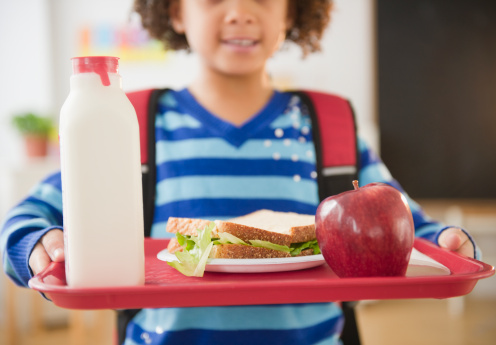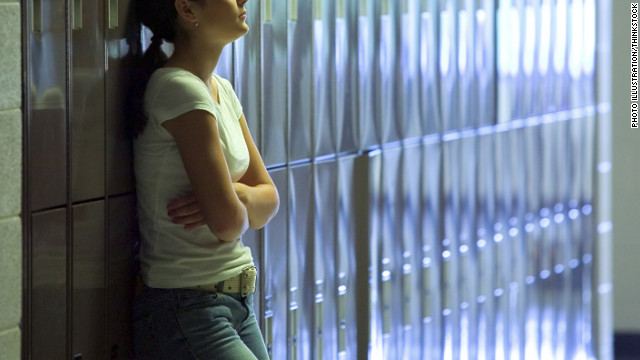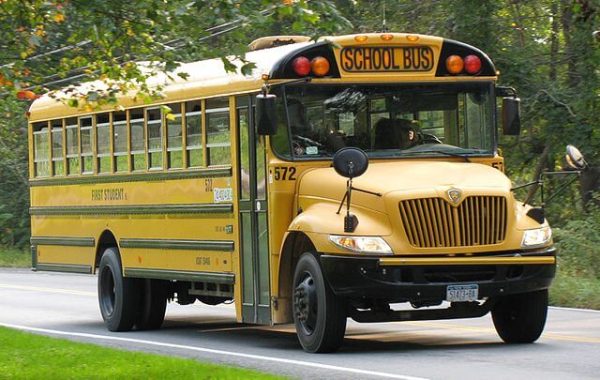Are Cheetos Being Changed to Apples? It’s Already Happening…

African American school girl holding lunch on a tray
March 1, 2017
Now that summer is nearly here, lame school lunches can turn into summer brunches. Three-story high Chipotle bowls will replace our lame crushed Doritos and a couple of Oreos. Hopefully next year the school meal options will be better since there is a nutritional revolution occurring.
According to Northwestern Medicine “Recent data shows that while an estimated 30.6 million US students eat school lunches, only 6% of school lunch programs meet the nutritional requirements established by the U.S. Department of Agriculture.” Most lunches contain fried foods, fats, and sugars which contribute to childhood obesity. According to The Center for Disease Control and Prevention, childhood obesity in adolescences 12-19 has grown 5% to 21% from 1980 to 2012. This explains why after eating these lunches for about 180 days that “summer bod” will be nearly impossible to achieve.
These daunting facts about school lunches haven’t gone unanswered. Thanks to the Healthy Hunger-Free Kids Act, implemented by Congress and Michelle Obama in 2010, the expectations for school lunches have been raised by the United States Department of Agriculture. Although many people advocate for healthier school lunches, the change to healthier options is a work in progress.
Here at Lake Mary, many students have witnessed a change in the foods offered in our own cafeteria. For example: whole wheat breadsticks, whole grain Pop tarts, and diet soda have replaced their less nutritious counterparts. These healthier changes have caused controversy in Ram Nation. Although these switches do improve health, they don’t always appeal to students. Sophomore Anna Carson said, “The healthier options are gross. If people wanted those options they should bring them to school themselves.”
This aligns with a study done by Medicine Daily that states students are being offered healthy foods but they still aren’t eating them. The resolution to this problem is to educate students on nutrition and receive feedback from the student body. Sophomore Madison Petitpas explains what she would rather see sold and said, “I would rather have them sell fresh fruit like strawberries or peaches.” Through these techniques the gap between student’s preferences and healthy options would be bridged.
The transition to healthy lunch options is still underway here at Lake Mary and schools around the country. The best way to help speed up this transition is to get involved, so hopefully one day child obesity will have drastically decreased. So next time you see your friend buy a cookie at lunch, encourage them to buy an apple too.






